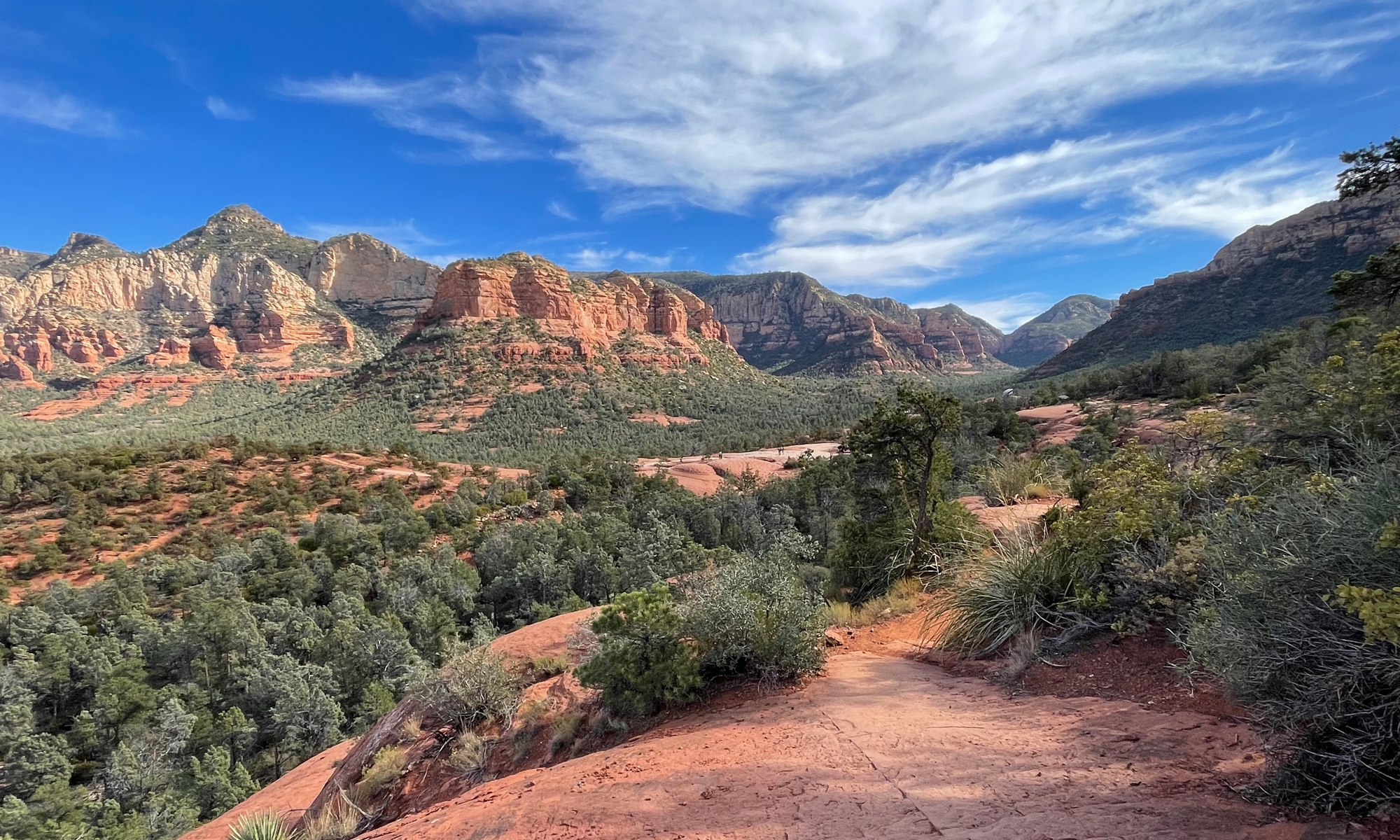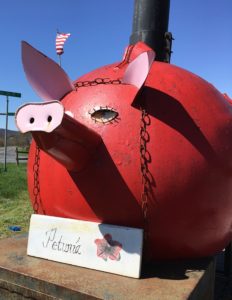
I started this blog in early 2008. My purpose, at the time, was to have an easier way to document our then-upcoming vacation to Alaska. By “easier” I mean as compared to manually building/maintaining a group of web pages, like I did to document the building of the WV Place. (Sadly, we no longer own the WV Place.)
Slowly, over time, other people found my blog. Many of those folks also have blogs. I started interacting with some of them on a regular basis and, as a result, established some online friendships. I have even met several of them in person, which is awesome.
Many of the people who found my blog did so because of the motorcycle and/or travel-related info I used to share frequently. Motorcycling is the common tie that bound us initially. As we got to know each other more and more, more ties were established. Even as I posted less and less frequently, people still seemed to follow, i.e., care about what was or was not going on in my life. That surprised me. Especially since I’ve gotten awful about keeping up with everyone else.
Like me, many of my motoblog buddies seem to have lost interest in blogging. (Using social media [Facebook, Instagram, etc.] is so much quicker and easier!) I’m pretty sure all of them are still riding motorcycles and/or traveling.
I still maintain the links to my Motoblog Buddies’ blogs. I thought about deleting those that are no longer active, but decided against doing that. They, too, might find their way back to blogging one day. I suspect all of our lives will be very, very different once we get past the coronavirus crisis.
If any of you MOTOBLOG BUDDIES read this and want me to delete your link, let me know. Otherwise, your link will stay:
CurvyRoads (Lynne): last post 28 June 2019. Very active on Instagram. Facebook, too, so she has said, but I shut down my Facebook account m id-2019.
Find Me on the Road (Sonja): still active
Fuzzygalore (Rachael): still active, but not posting as regularly
Life on Two Wheels (David): still active
Machida Meanderings (Bridget [Richard’s wife]): more-recent addition; active
Princess Scooterpie (Darlene): last post 30 March 2019. Active on Instagram.
Richard’s Page (Richard): still active
Scooter in the Sticks (Steve): still active
Travels with ScooterBob (Various): Bob passed away, suddenly, in late 2014. He had been the catalyst that brought many Moto-bloggers together, so a group of us did a tribute/around the world tour in Bob’s honor, which is now documented on what was once Bob’s blog.
Trobairitz’ Tablet (Brandy): last post 31 December 2018
Troubadour’s Treks (Bradley): last post 28 April 2019
Two Wheels to There (Ry): last post 29 January 2017. Active on Instagram.
Slowly, my blog has evolved. It is now less-focused on travels and more-focused on me. Over the years, I have enjoyed going back and using the blog as a reference. That’s how Hubby and I “remembered” when we visited certain places, did certain things, etc. I have missed being able to do that since I have been blogging less frequently.
I’ve re-started posting a few times over the years. This is the FINAL re-start. Really. If I am not able to manage posting regularly, I’m just going to let that urge to blog rest in peace. Because this should be fun. If I am not enjoying it, doing it doesn’t make sense.
So, you’ll be seeing the new, relaxed version of me from here on.
I kicked this week off with a motorcycle ride. It was a completely spontaneous. As it turns out, it was also very well-timed. While I was out riding, the governor of Virginia announced that this state is now on lockdown, too.
This may be the last ride for a while. Here are a few pics I captured while out.
My first stop was the State Arboretum of Virginia (on US-50 near Boyce). It’s a place I have been meaning to visit for years. We passed it countless times over the years on our way to and from the WV place. So, I FINALLY visited. It was pretty, but there were too many people there for my liking. So I rode through, but did not stop.
From there, I headed to Bentonville at the Shenandoah River State Park. My route took me right past Dinosaur Land in White Post, so I HAD to stop.
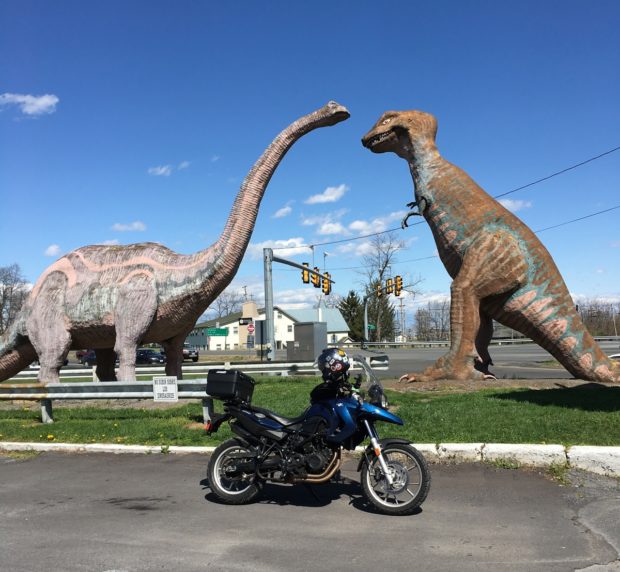
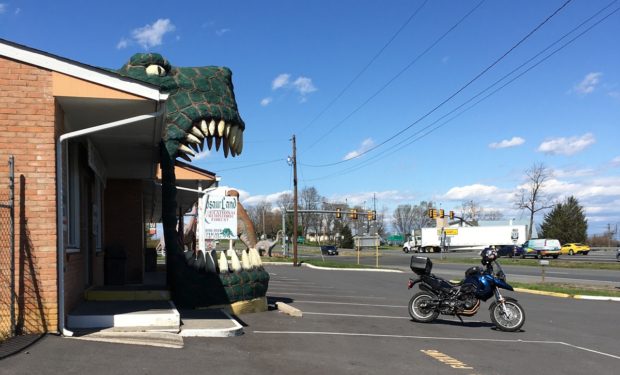
I did not realize when I took that picture that it looks like that dinosaur is trying to eat my bike!
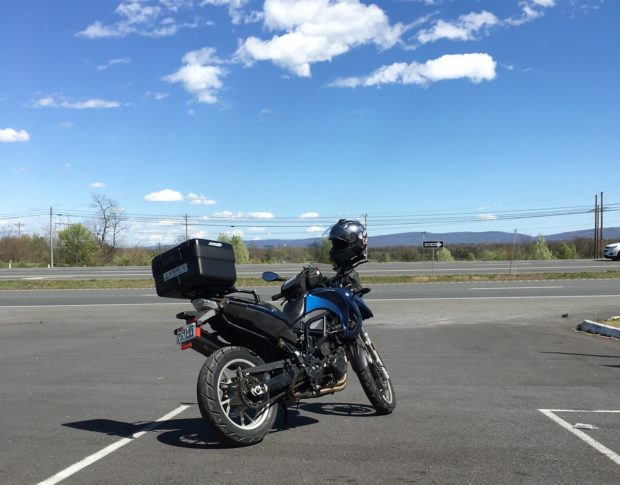
I did get to visit the state park, but will share pics in a separate post. The state park is only a short drive (15 minutes?) from Shenandoah National Park. So, after I left the state park, I decided to traverse the northern section of Skyline Drive.
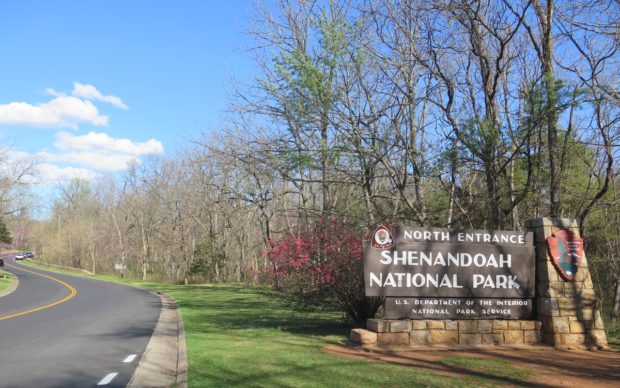
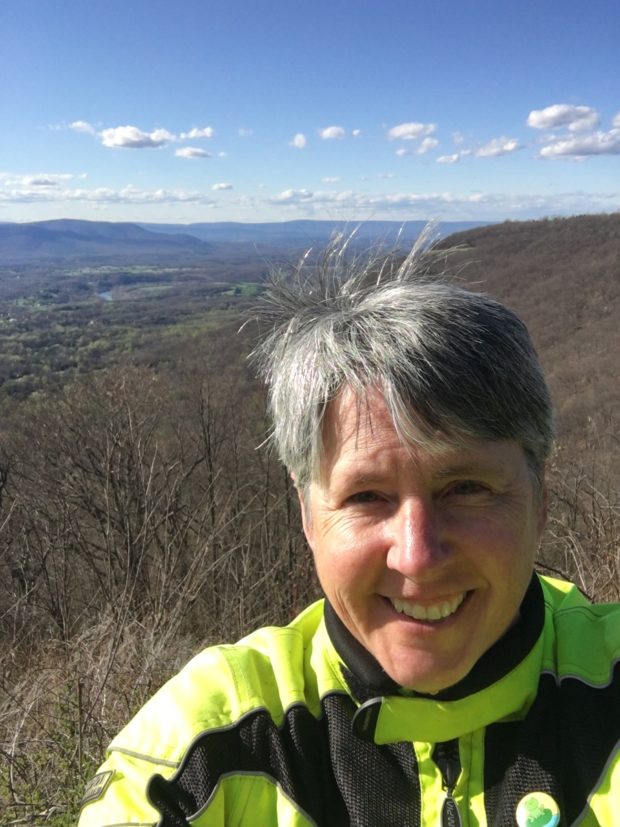
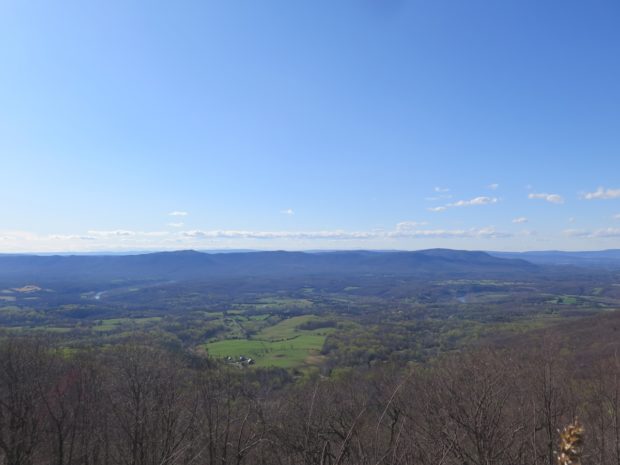
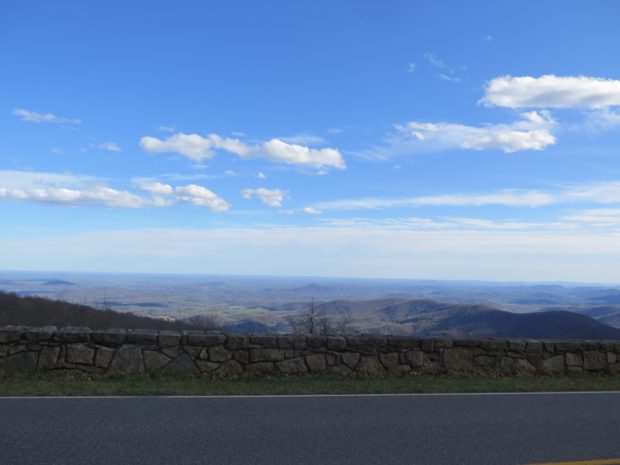
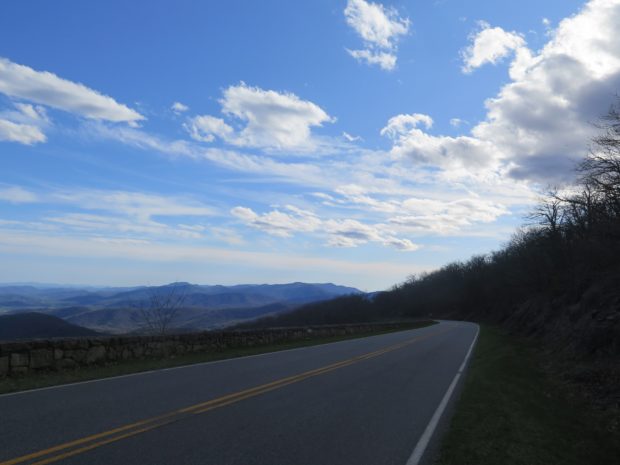
I love that we are so close to Shenandoah National Park.
From there, I headed home via back roads through Little Washington (the first Washington) and Flint Hill. So much nicer than US-211, which Fodderstack Road and Crest Hill Road roughly parallel.
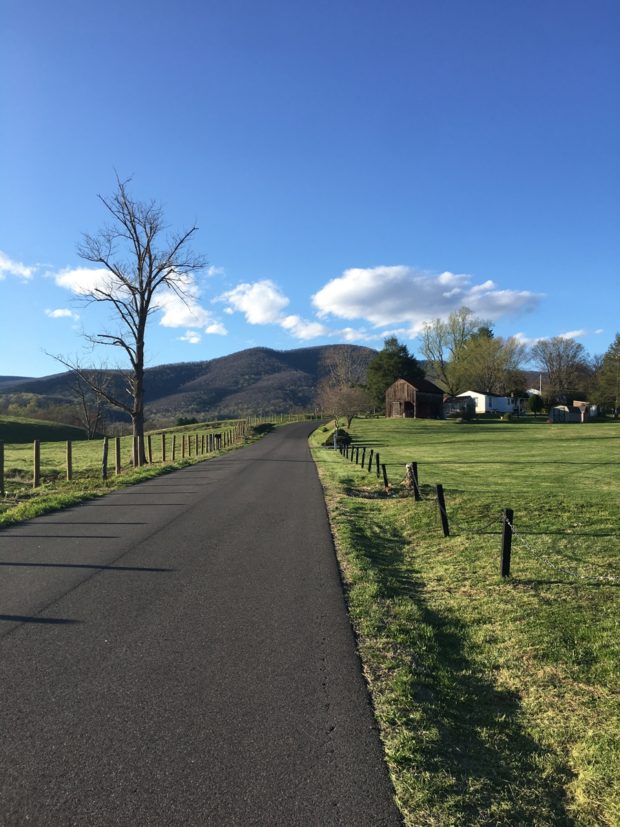
If you have spare time and are interested, open Google Maps (or click on View larger map below) and look at some street views along there. It’s idyllic for sure.
Finally, here’s a pic I’ve been meaning to capture and share. It’s a barn quilt that was recently installed at a produce stand on US-211, just east of Sperryville.
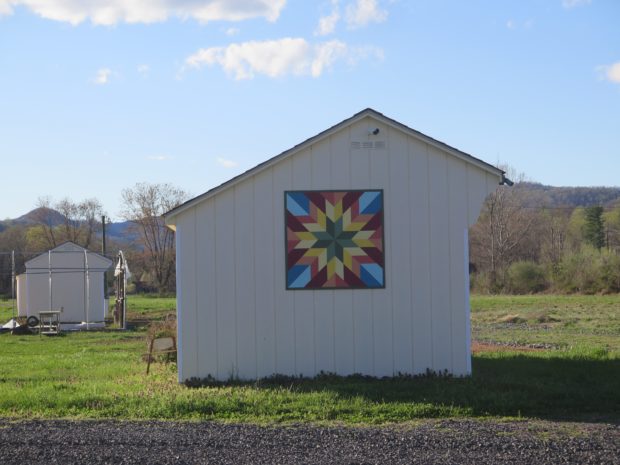
And that’s it for the pics.
Stay safe and well everyone. The world is a better place with each and every one of you in it.
